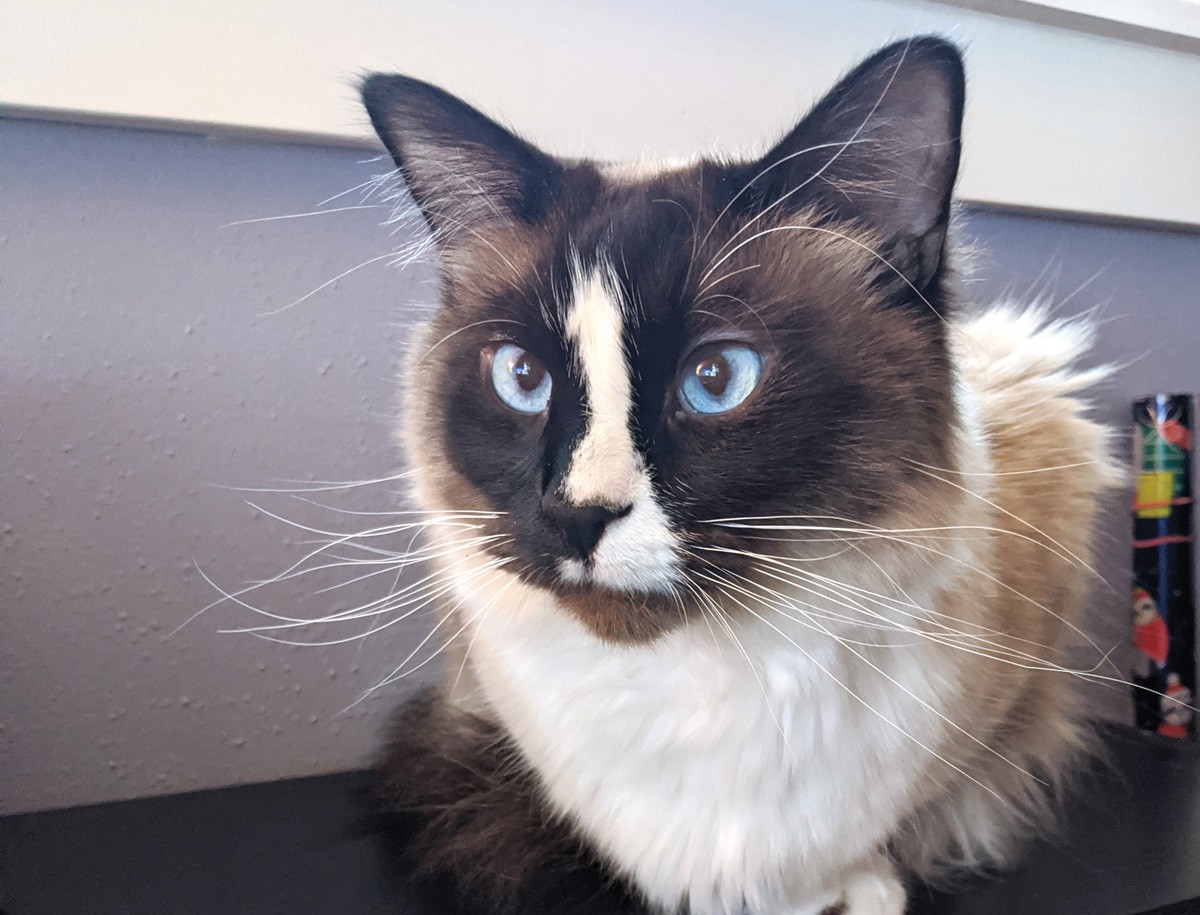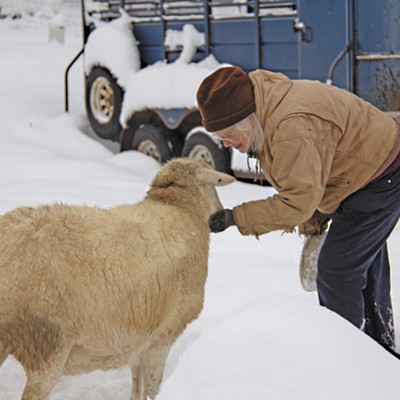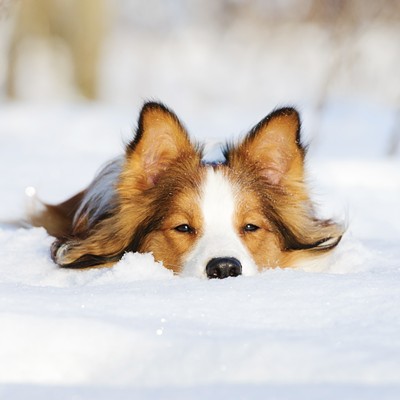T
here are so many questions our children ask concerning the mysteries of our universe. Why is the sky blue? Why do birds sing? Why do cats purr?While we often fail to provide satisfying answers to these difficult questions, we instinctively know that so long as the sky is blue, birds sing and cats purr, all is right with the world.
We love the feeling of contentment we share when our cat climbs onto our lap and begins to purr. When cats purr we feel calmer and more peaceful, even if we don't hear the purring, we feel the reassuring vibration.
Purring communicates a sense of well-being. That's why kittens purr the second day of life. Purring assures mama that her offspring are in good health. Kittens can't nurse and meow simultaneously, but they can nurse and purr. When mama hears her kittens purr, she reciprocates, reinforcing the sense of comfort and safety.
Purring involves the activation of nerves within the cat's larynx that cause the vocal cords to vibrate as the diaphragm pushes air in and out, creating that musical hum. It originates within the central nervous system and is voluntary — meaning cats purr because they want to, and it's a function of feline communication that's produced while the mouth is closed. Domestic and wild cats (pumas and mountain lions) that are unable to roar are able to purr.
As cats age, their purr usually indicates contentment or pleasure. However, frightened or severely ill cats also purr, as do females giving birth. Cats close to death often purr, suggesting cats may experience anxiety or euphoria, states found in terminally ill people — further suggesting cats may share man's awareness of death.
When cats purr under stressful circumstances, they may reassure and comfort themselves, like humans who sing or hum to ward off fear. Frightened cats purr to communicate submissiveness and nonaggressive intentions. Older cats sometimes purr when approaching other cats, signaling they want to be friendly.
Purring relieves pain and enhances pleasure — not only for the purring cat but for any of us lucky enough to hear it. We may not know all the reasons why cats purr, but we do know they only share their purring with the ones they love.




















